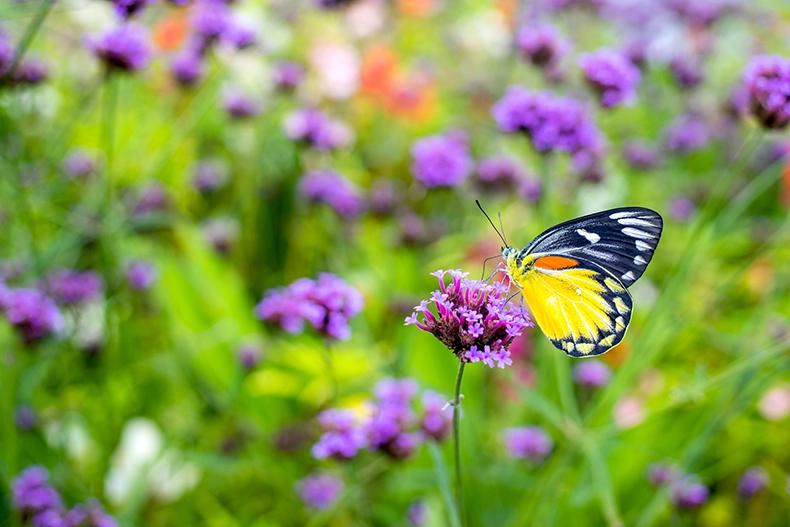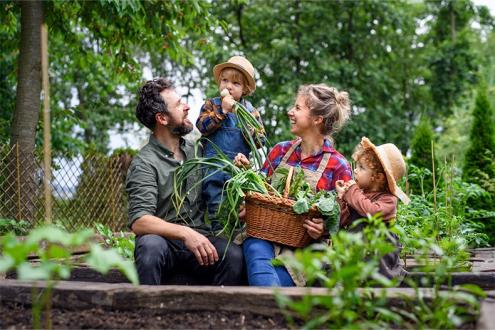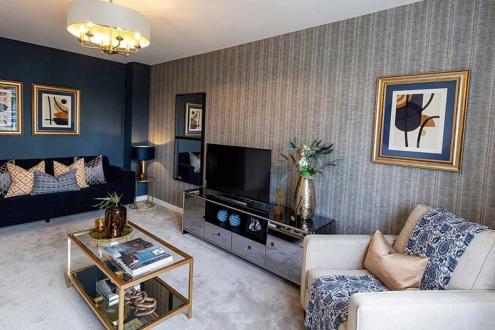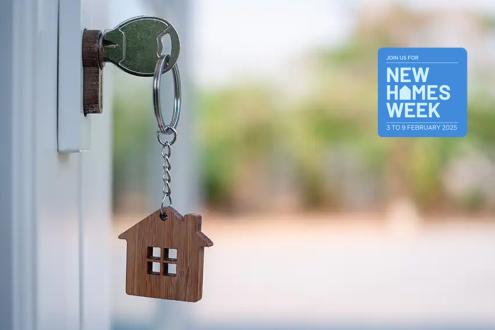23 May 2024
Protecting our wildlife
As a considerate homebuilder, not only do we prioritise the people moving into our homes but the surrounding wildlife and nature.
As a considerate homebuilder, not only do we prioritise the people moving into our homes but the surrounding wildlife and nature.
From bug hotels and beehives, to wildflower meadows and badger runs, we go the extra mile to make sure our developments make for the perfect home for creatures and critters, as well as homeowners.
Take a look at some of the ways we help our wildlife and some handy hints and tricks to make your gardens a haven for nature this summer.
Nature Ark ‘bug hotels’
Our Northern team has installed Nature Ark ‘bug hotels’ at its Alston Grange development, in Longridge and The Bluebells at Tanton Fields.
The NatureArk is one of a range of unique wildlife planters developed by BioScapes® to provide a safe environment for a variety of species, where natural habitats are in short supply.
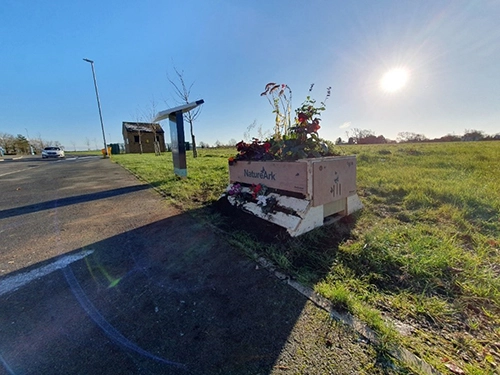
Alston Grange has been created with the environment, sustainability, and the rural countryside in mind. To the south of the development are specially designed refuges, ponds and hibernacula to create an enhance area for protected great crested newts.
Our own NatureArk has been a very welcome addition to the green open space at both Alston Grange and The Bluebells at Tanton Fields, with residents and visitors alike getting a lot of enjoyment from the great work it’s doing to promote local conservation and biodiversity.
Make your own bug hotel…
Depending on your creative prowess, there are lots of different ways, varying in degrees of difficulty to create your own bug hotel for the whole family to enjoy. From wooden boxes and pallets, to brick layering and or even buying your own kit, you can make your garden into a five-star nature resort.
Take a look at some of these handy tutorials from The Woodland Trust to draw inspiration from.
Buckleys Bees at The Bluebells at Tanton Fields
Last year we worked with Buckley’s Bees, the leading, national organisation dedicated to the preservation of the UK’s native honeybee to host our very own hive of bees at The Bluebells at Tanton Fields.
With more than 80 years of beekeeping experience, Buckley’s Bees is a dedicated and friendly team of professional beekeepers, who are committed to reversing the decline of the bee population.
Not only is The Bluebells at Tanton Fields a lovely new home for some 10,000 bees and their Queen, but visitors and residents alike can enjoy seeing nature working hard on their doorstep and enjoy the sweet rewards of their efforts – a delicious honey bespoke to the environment our bees pollenate, in Stokesley.
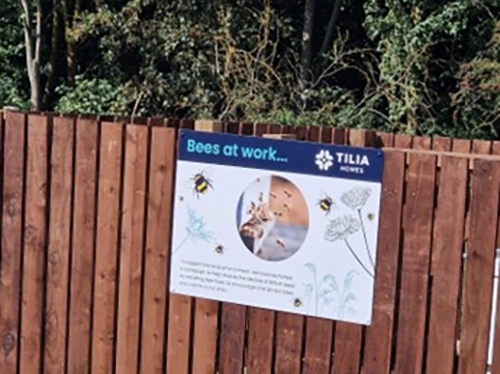
How can you help save the native honeybee?
There are lots of ways you can support the native honeybee. Perhaps you may like to host your own beehive or maybe plant some bee-friendly flowers in your garden.
Wildflower meadows
Across a number of our developments, including Landimore Park and Verdant Rise, Leicester, we work hard to make sure we’re planting the right flowers and vegetation that promotes all sorts of creepy crawlies and winged beauties, which is why we have dedicated wildflower meadows in our green open space.
We even have our local community take part in helping to decorate them and draw signs for our developments. Wildflowers meadows are an amazing habitat and a haven for wildlife. They’re an essential part of the UK landscape and promote a balance in biodiversity.
Find out how you can grow your own wildflower garden and the benefits to the natural world…
Badger corridors and sparrow bricks
We’re proud to have included a 20 meter ‘no build’ ecology buffer zone around the perimeter of our Montgomery Place development, in Market Drayton.
This, as well as a further 30 meters ‘no build’ off sets from any badger sets and a 5 meter badger corridor through the development.
Hedgehog-friendly fencing, sparrow bricks, wren, swallow and sparrow boxes also feature across the development to support local wildlife.
If you’d like to encourage wildlife into your garden, why not buy or build a bird box or table for your local feathered friends. Or why not create some sheltered spots for hedgehogs to use to hibernate at the end of the year.
This easy recipe for fat balls for birds goes a long way to feed little ones, without taking a lot of money or being too expensive.
